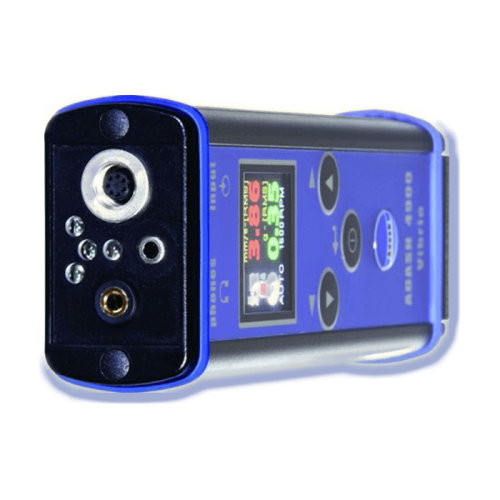
In voiced speech, the vocal folds (sometimes misleadingly called ‘vocal cords’) vibrate. At the larynx, this flow passes between the vocal folds and through the vocal tract, sometimes encountering constrictions. The energy usually comes from air expelled from the lungs. There are several sources of sound in speaking. In a second part, we then return to look at the components in more detail. In this simple introduction to the voice, we discuss the operations of first the ‘source’ of the sound, then of the ‘filter’ that modifies its spectrum, then of interactions between these.

Then, using tongue, teeth, lips, velum etc, (collectively called articulators) we modify the spectrum of that sound over time. For example, at the larynx (sometimes called ‘voice box’), we produce a sound whose spectrum contains many different frequencies. Measurements at the lips of different tract configurationsĪ common simplification is the Source-Filter model, which considers the voice as involving two processes: the source produces an initial sound and the vocal tract filter modifies it.Resonance tuning by singers (and orators).Do pressure waves affect the vocal fold vibration?.Does the glottis affect the tract resonances?.Resonances, frequency, pitch and hearing.Resonances, spectral peaks, formants, phonemes and timbre.Different registers and vocal mechanisms.The Source-Filter model (and approximations).Contrasting the voice with wind instruments.As background, this link gives a brief multi-media introduction to the operation of the human voice.

Throughout, a number of simple experiments are suggested to the reader. This is followed by a more detailed account.

This document gives an introduction and overview. Voice acoustics is an active area of research in many labs, including our own, which studies the science of singing, as well as the speaking voice.


 0 kommentar(er)
0 kommentar(er)
